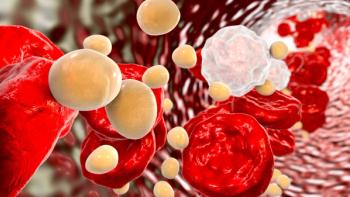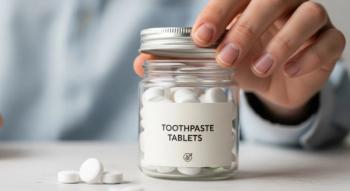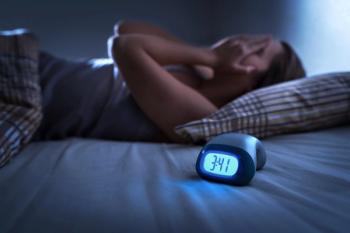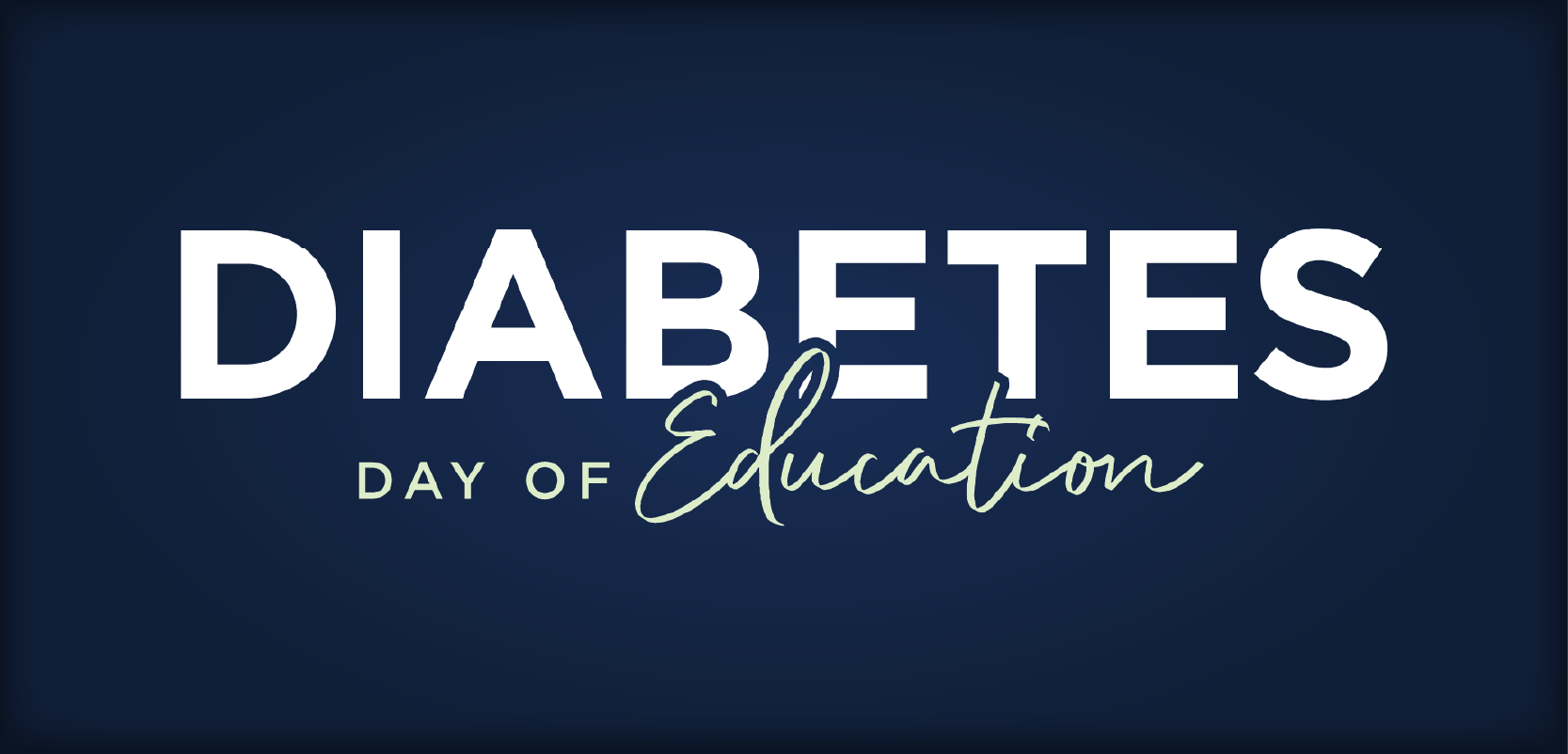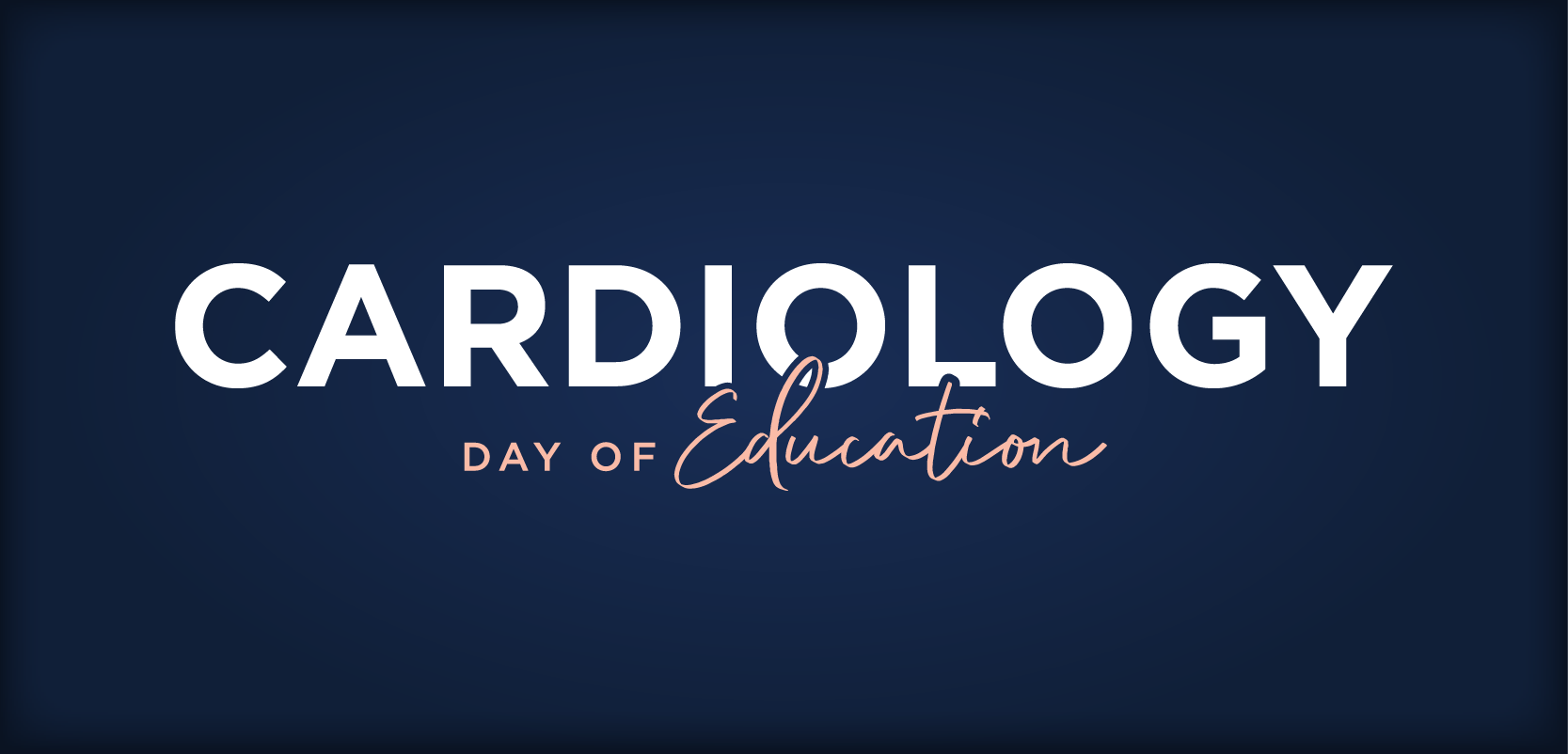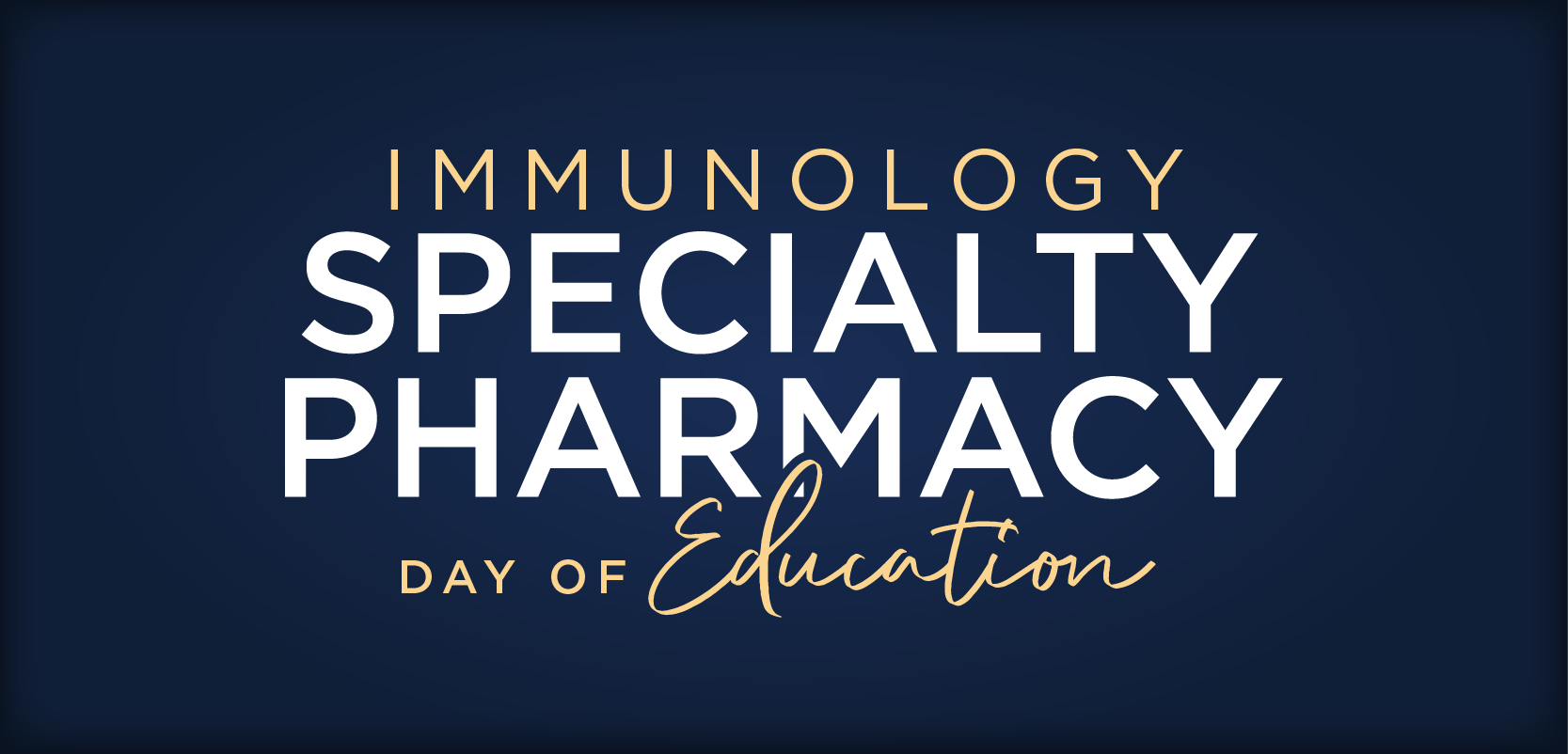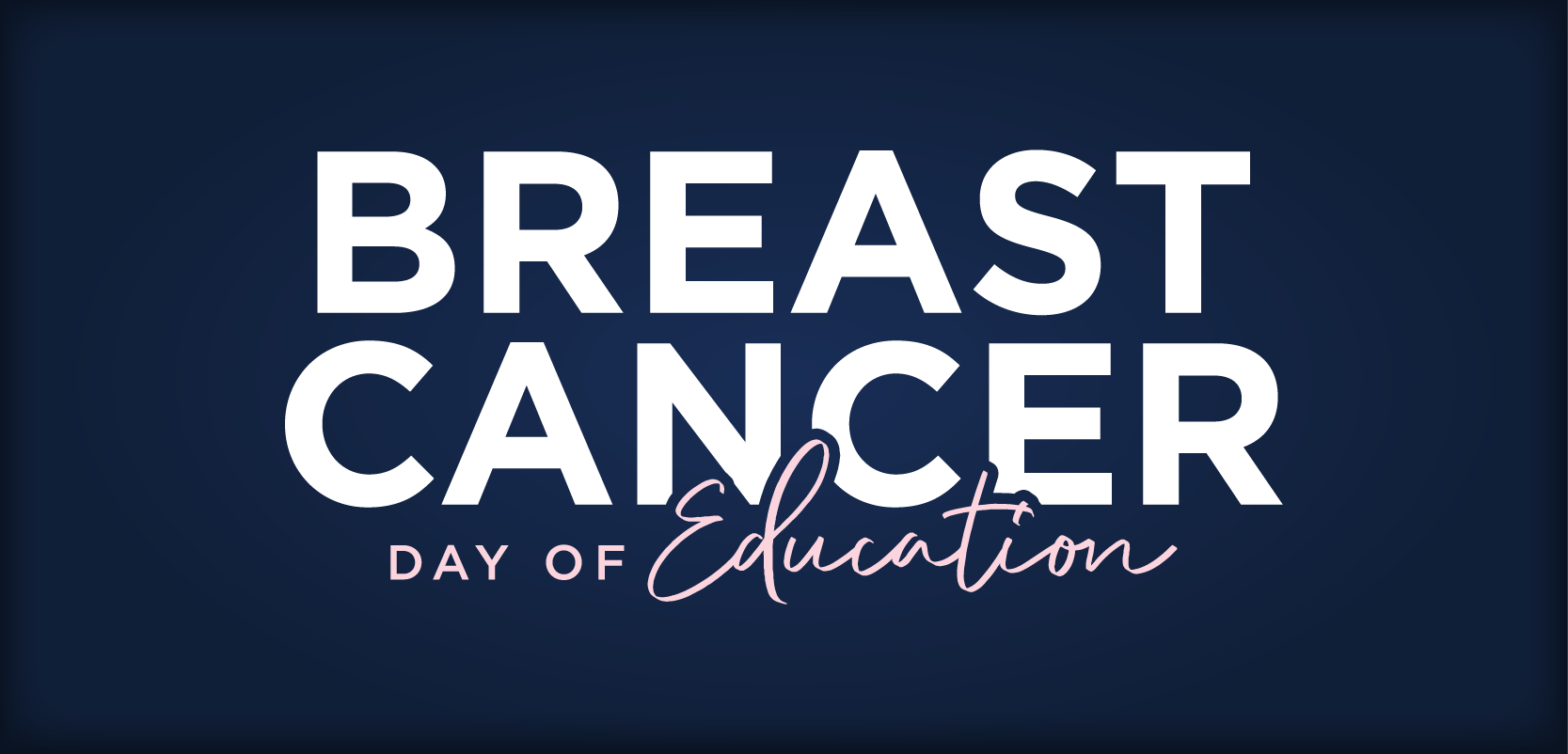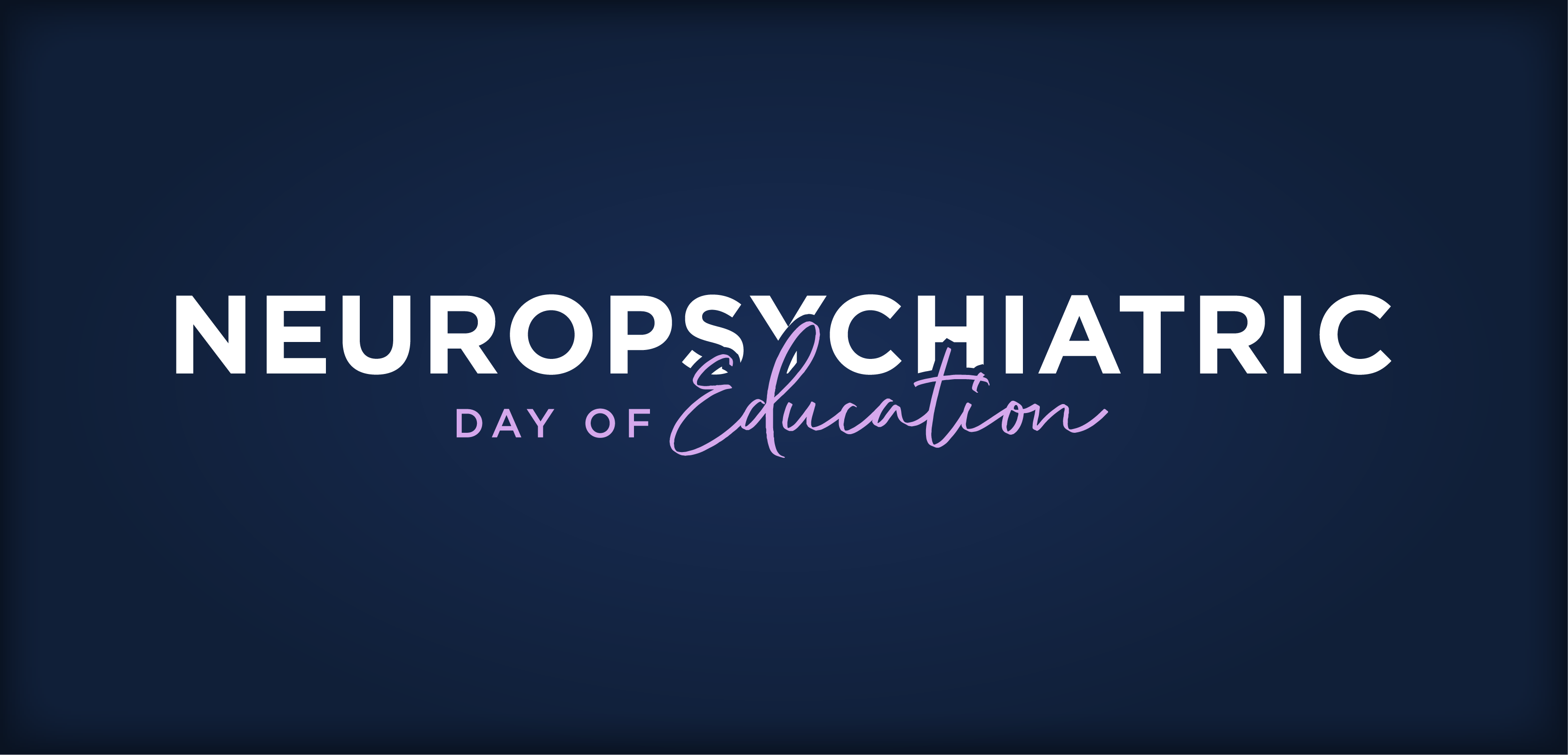
- November 2021
- Volume 87
- Issue 11
Treatment Options Are Increasing for Migraines
Key Takeaways
- Migraines are neurological, not vascular, with genetic components and varied triggers complicating diagnosis and management.
- Overuse of OTC medications can worsen migraines; preventive treatments are underutilized despite their potential benefits.
Pharmacists can encourage patients to ask prescribers about newly approved preventive therapies when appropriate.
Migraines are the most common type of headache, and approximately 14% of Americans have them, costing up to $13,000 per patient annually in lost work time and productivity.1-3
Women experience migraines roughly 3 times as much as men.1 Patients who have migraines typically self-treat until OTC medications no longer work.
Then they visit a primary care provider (PCP) and eventually may need to see a specialist.4
DIAGNOSTIC CHALLENGE
Migraines are tricky. They can present with or without aura, occasionally are bilateral, and at other times may be felt at a different spot in the head.5 PCPs struggle to diagnose migraines because patients often report different clinical presentations over time. Additionally, many providers cannot isolate patients’ specific risk factors, such as fatigue, lack of sleep, mental tension, missed meals, and stress. Also difficult to isolate are triggers such as alcohol, changes in altitude or barometric pressure, light, menstruation, noise, odor, physical activity, smoking, and vasoactive substances in food.6
Pathophysiologic changes in the central nervous system (CNS), rather than the vascular system, seem to precipitate migraines.1 When the pain pathway is stimulated, the CNS releases messenger molecules, including calcitonin gene-related peptide (CGRP), nitric oxide, and serotonin.1 Thus, migraines are a neurological condition.
Because 70% of those who develop migraines have a first-degree relative who also has migraines, a genetic component is likely.1
Migraines can be chronic (occurring more than 15 days per month) or episodic (occurring fewer than 15 days per month). The index of suspicion for migraines rises when patients report at least 2 of the following criteria: light or sound senstivity, moderate to severe head pain, nausea or vomiting, pulsating pain quality, and unilateral or 1-sided pain.
Table 11,7 describes a migraine’s typical presentation.
Approximately one-third of individuals with migraines report aura, which is a language, motor, neurologic, sensory, speech, or visual disturbance lasting 5 to 60 minutes that signals a headache is starting.5 Some individuals experience depression, fatigue, food cravings, hyperactivity or hypoactivity, neck pain or stiffness, or yawning before a migraine (called a prodrome). These symptoms may also persist after the migraine resolves (called a postdrome).1
Some acute migraines respond to the patient resting in a dark room and applying cold packs with pressure to the forehead or temple areas.1 Table 28-16 lists medications for migraine management.
CLINICAL PEARLS
The American Headache Society’s Choosing Wisely recommendations indicate that butalbital-containing medications or opioids are not first-line interventions.17 Frequent, prolonged use of OTC pain medications is unwise because patients can become tolerant to specific drugs’ analgesic effects, magnifying migraine frequency and intensity. For these patients, detoxification may be necessary, and the migraine may worsen during the withdrawal period.17
Preventive treatment helps patients who are unresponsive to or cannot tolerate abortive therapies or have recurring migraine attacks that interfere significantly with quality-of-life.1 Just one-third of patients who could benefit from preventive migraine treatment receive them. Discontinuation rates are also quite high once patients start prophylaxis.18 Preventive drugs with the strongest evidence supporting their
use are anticonvulsants divalproex sodium and topiramate; β-blockers metoprolol, propranolol, and timolol; and frovatriptan for short-term prevention of migraines associated with menstruation.19 CGRPs and onabotulinumtoxinA also are approved for prevention.
Women who experience migraines with an aura should not take contraceptives containing estrogen.5 They have a 2-fold increase in the risk of ischemic stroke compared with women whose migraines are without an aura, and estrogen supplementation increases this risk.20
CONCLUSION
Patients who have migraines may turn to pharmacists first. Pharmacists need to engage patients in conversation and encourage them to ask their prescribers about newly approved preventive therapies when appropriate.
Jeannette Y. Wick, RPh, MBA, FASC, is the assistant director of the Office of Pharmacy Professional Development at the University of Connecticut School of Pharmacy in Storrs.
REFERENCES
- Wilkinson JJ, Tromp K. Headache. In: Krinsky DL, Ferreri SP, Hemstreet BA, Hume AL, Rollins CJ, Tietze KJ, eds. Handbook of Nonprescription Drugs. 20th ed. APhA Publications; 2021:91-111.
- Headache disorders. World Health Organization. April 8, 2016. Accessed September 4, 2021.
http://www.who.int/mediacentre/factsheets/fs277/en/ - Lipton RB, Stewart WF, Diamond S, Diamond ML, Reed M. Prevalence and burden of migraine in the United States: data from the American Migraine study II. Headache. 2001;41(7):646-657. doi:10.1046/j.1526-4610.2001.041007646.x
- Headache: hope through research. National Institute of Neurological Disease and Stroke. Updated August 19, 2021. Accessed September 4, 2021.
https://www.ninds.nih.gov/Disorders/Patient-Caregiver-Education/Hope-Through-Research/Headache-Hope-Through-Research - Burch R. Migraine and tension-type headache: diagnosis and treatment. Med Clin North Am. 2019;103(2):215-233. doi:10.1016/j.mcna.2018.10.003
- Cady R, Garas SY, Patel K, Peterson A, Wenzel R. Symptomatic overlap and therapeutic opportunities in primary headache. J Pharm Pract. 2015;28(4):413-418. doi:10.1177/0897190014544799
- Minen MT, Loder E, Tishler L, Silbersweig D. Migraine diagnosis and treatment: a knowledge and needs assessment among primary care providers. Cephalalgia. 2016;36(4):358-370. doi:10.1177/0333102415593086
- Goadsby PJ. New targets in the acute treatment of headache. Curr Opin Neurol. 2005;18(3):283-288. doi:10.1097/01.wco.0000169746.60029.e5
- Three doses of lasmiditan (50 mg, 100 mg and 200 mg) compared to placebo in the acute treatment of migraine (SPARTAN). Clinicaltrials.gov. Accessed September 3, 2021.
https://clinicaltrials.gov/ct2/show/NCT02605174 - Silberstein SD, McCrory DC. Ergotamine and dihydroergotamine: history, pharmacology, and efficacy. Headache. 2003;43(2):144-166. doi:10.1046/j.1526-4610.2003.03034.x
- Ergomar (ergotamine tartrate). Prescribing information. Rosedale Therapeutics; 2012. Accessed September 3, 2021.
https://dailymed.nlm.nih.gov/dailymed/drugInfo.cfm?setid=1bfd4827-5123-4dbb-8f94-7b097f5bfd5c - Vyepti (eptinezumab-jjmr) injection. Prescribing information. Lundbeck Seattle BioPharmaceuticals, Inc; 2020. Accessed September 4, 2021.
https://www.accessdata.fda.gov/drugsatfda_docs/label/2020/761119s000lbl.pdf - Aimovig (erenumab-aooe) injection. Prescribing information. Amgen Inc and Novartis Pharmaceuticals Corporation; 2021. Accessed September 4, 2021.
https://www.pi.amgen.com/~/media/amgen/repositorysites/pi-amgen-com/aimovig/aimovig_pi_hcp_english.ashx - Ajovy (fremanezumab-vfrm) injection. Prescribing information. Teva Pharmaceuticals USA, Inc; 2021. Accessed September 4, 2021.
https://www.ajovy.com/globalassets/ajovy-redesign/ajovy-pi.pdf - Nurtec ODT (rimegepant) orally disintegrating tablets. Prescribing information. Biohaven Pharmaceuticals, Inc; 2021. Accessed September 4, 2021.
https://biohaven-nurtec-consumer-assets.s3.amazonaws.com/nurtec-prescribing-information.pdf - Emgality (galcanezumab-gnlm) injection. Prescribing information. Eli Lilly and Company; 2019. Accessed September 4, 2021.
https://uspl.lilly.com/emgality/emgality.html#pi - As part of Choosing Wisely campaign American Headache Society releases list of commonly used tests and treatments to question. ABIM Foundation. News release. November 21, 2013. Accessed September 4, 2021.
https://www.choosingwisely.org/as-part-of-choosing-wisely-campaign-american-headache-society-releases-list-of-commonly-used-tests-and-treatments-to-question/?highlight=migraine - Hepp Z, Dodick DW, Varon SF, et al. Persistence and switching patterns of oral migraine prophylactic medications among patients with chronic migraine: a retrospective claims analysis. Cephalalgia. 2017;37(5):470-485. doi:10.1177/0333102416678382
- Silberstein SD, Holland S, Freitag F, et al. Evidence-based guideline update: pharmacologic treatment for episodic migraine prevention in adults: report of the Quality Standards Subcommittee of the American Academy of Neurology and the American Headache Society Neurology. 2012;78(17):1337-1345. doi:10.1212/WNL.0b013e3182535d20
- Gryglas A, Smigiel R. Migraine and stroke: what’s the link? What to do? Curr Neurol Neurosci Rep. 2017;17(3):22. doi:10.1007/s11910-017-0729-y
Articles in this issue
about 4 years ago
Medical Billing Is Now Part of Job Descriptionabout 4 years ago
November 2021 Rx Product Newsabout 4 years ago
Pharmacists Play Critical Role in Pain Assessmentabout 4 years ago
Pet Peeves: November 2021about 4 years ago
Generic Product News November 2021about 4 years ago
Consider a Career Move to Remote Medication Therapy Managementabout 4 years ago
Nevada Board Stuns Nonresident Pharmacists With New Requirementsabout 4 years ago
OTC Case Studies: Back PainNewsletter
Stay informed on drug updates, treatment guidelines, and pharmacy practice trends—subscribe to Pharmacy Times for weekly clinical insights.

